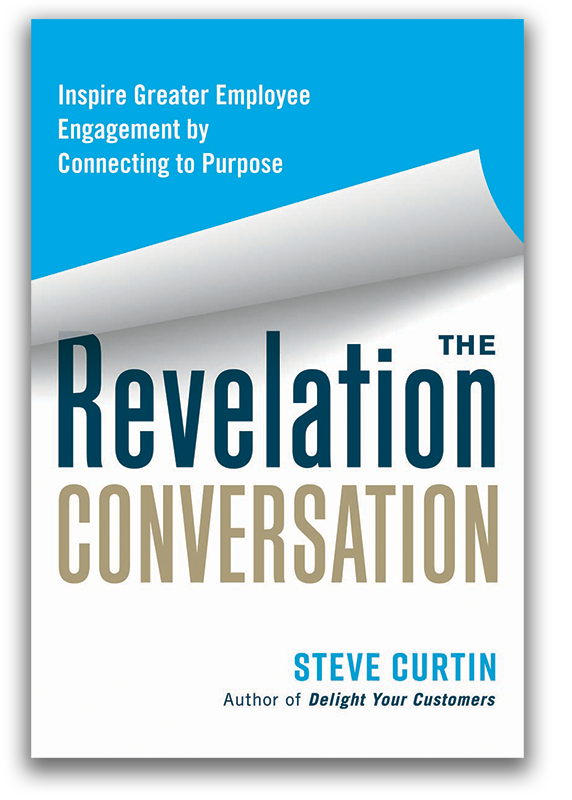The other night as my children gathered at the kitchen table for Brownies a la Mode, my daughter, Kennedy, became upset at her older brother for teasing her about something and began to cry.
My wife tried to console her but she continued to cry.
I then said to Kennedy, “Ice cream makes you thirsty. Would you like a glass of milk or water with your dessert?”
Through her tears, she muttered, “Water.”
Next, I asked her, “Kennedy, since you have a brownie and a scoop of ice cream, would you like a spoon or a fork?”
She thought for a moment, caught her breath, and replied, “A spoon.”
Then I asked her, “Do you want a big spoon or a little spoon?”
By now she had collected herself, wiped away the last of her tears, and answered, “A big spoon please.”
It occurred to me that the tactic I’d used with Kennedy was the same one I’d been trained to perform when confronted by an angry guest when I worked in the hotel industry:
Neutralize the guest’s emotion by invoking logic, details, and facts.
You may recall that “right brain” functions include feelings and emotions, while “left brain” functions include logic, details, and facts. What you may be unaware of is that our conscious mind can only focus on information from one side of the brain at a time.
This creates the opportunity for us to neutralize others’ emotions (right brain) by asking questions that require logical, fact-based answers (left brain).
For example, if a hotel guest was upset about a charge that appeared on his account, I would ask him fact-based questions pertaining to the charge such as: his room number; the date of charge; the amount of charge; a description of charge; etc.
It is amazing how consistently customers will soften before your eyes as you, with a genuine intent to resolve their concerns, pose a series of questions that require them to focus on information from the “left brain.”
On many occasions, by the time I posed the last question, guests would apologize for their initial behavior saying something like, “Listen, I know it’s not your fault. I’m sorry I took it out on you. Thanks for letting me vent.”
So the next time you’re faced with an inconsolable child or an angry customer (or an angry customer who’s behaving like an inconsolable child), don’t panic.
Just remember that our conscious mind can only focus on information from one side of the brain at a time—and when we’re yelling and screaming, it’s the right side. Be intentional about offsetting an emotional response (right brain) by engaging logical reasoning (left brain).
The best way to accomplish this is to question their anger—that is, pose questions that will elicit facts, restore calm, and, ultimately, make everything “all better.”

